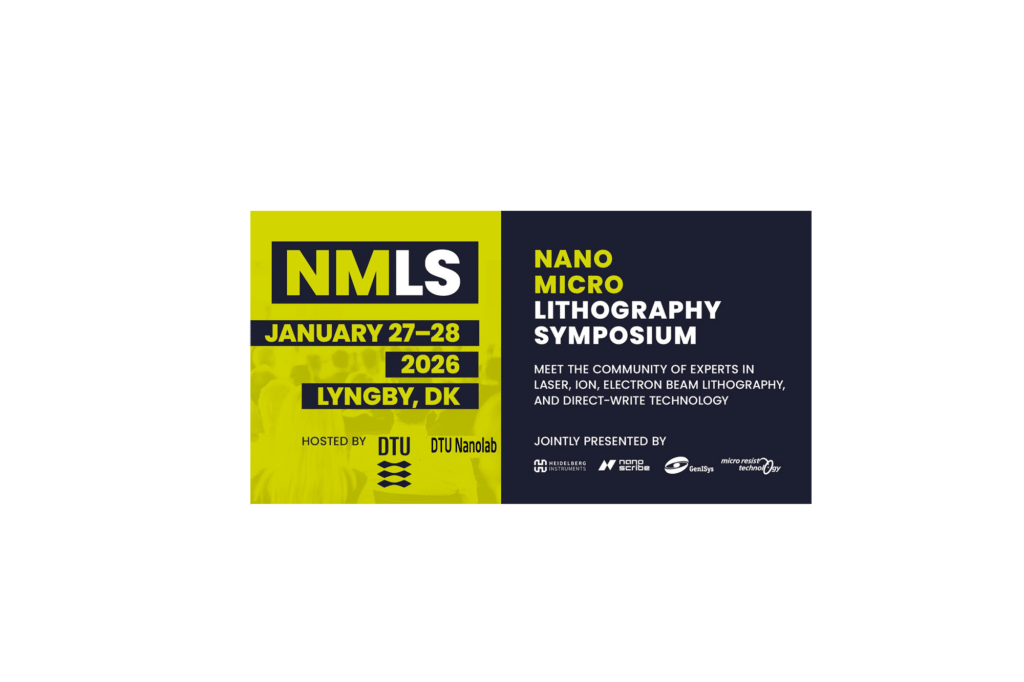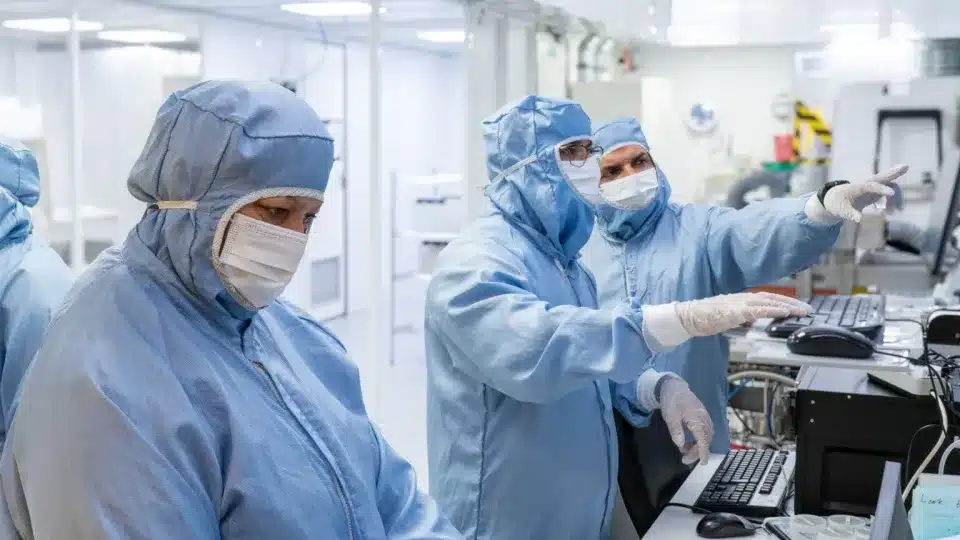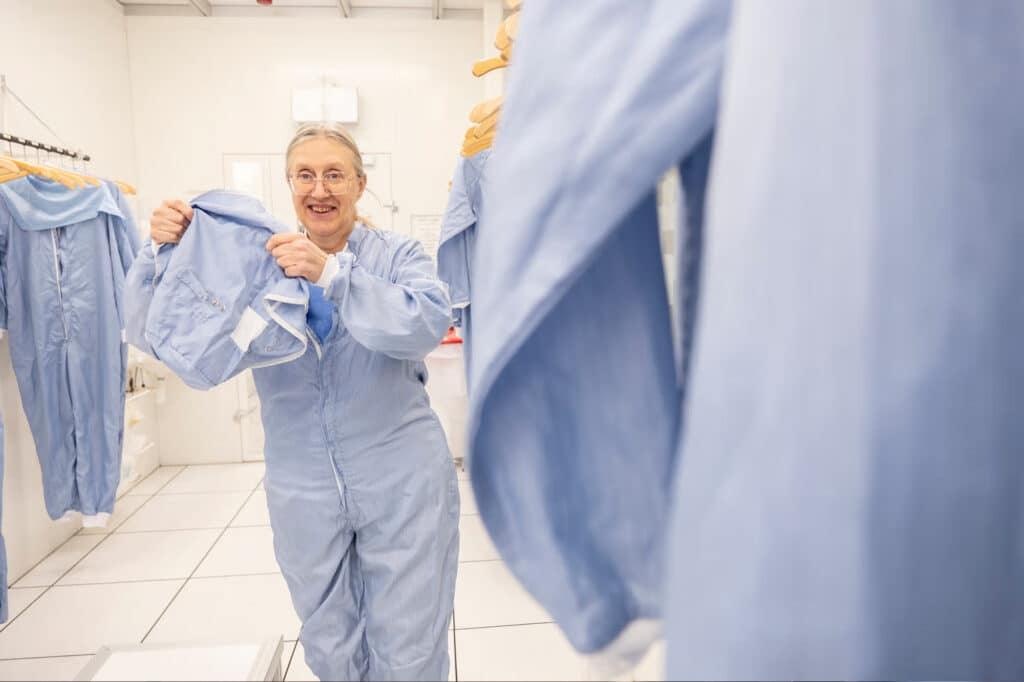Radiation from space is a challenge for quantum computers as their computation time becomes limited by cosmic rays. Researchers from Chalmers University of Technology, Sweden, and University of Waterloo in Canada are now going deep underground in the search for a solution to this problem – in a two-kilometer-deep mine.
A recently discovered cause of errors in quantum computers is cosmic radiation. Highly charged particles from space disturb the sensitive qubits and cause them to lose their quantum state, as well as the ability to continue a calculation. But now quantum researchers from Sweden and Canada will join forces to find a solution to the problem – in the world’s deepest located clean room, two kilometers underground.
“We are super excited about this project because it addresses the very important question of how cosmic radiation affects qubits and quantum processors. Gaining access to this underground facility is crucial to understanding how the effects of cosmic radiation can be mitigated,” says Per Delsing, Professor of Quantum Technology at Chalmers University of Technology, Sweden, and Director of the Wallenberg Center for Quantum Technology.
The unique research project is carried out in collaboration between researchers from Chalmers University of Technology, the Institute for Quantum Computing (IQC) at the University of Waterloo, and SNOLAB near Sudbury, Ontario, Canada.
In the study, superconducting qubits manufactured at Chalmers University of Technology will first be tested above ground in both Sweden and Canada. Next, the same qubits will be tested far below the Canadian ground so that differences between the two environments may be studied. With the help of the two-kilometer-thick “ground shield” that surrounds the world’s deepest clean room located in the Vales Creighton mine in Ontario, the researchers may shut out cosmic rays or radioactivity that otherwise would have “knocked out” the qubits above ground.





